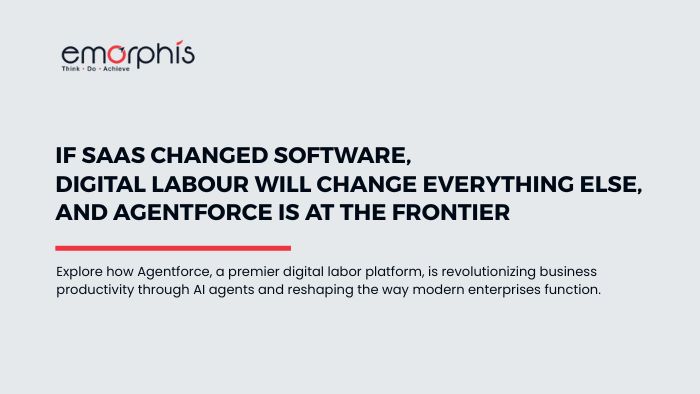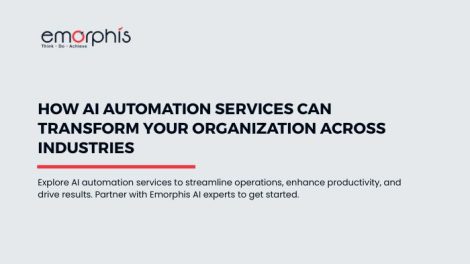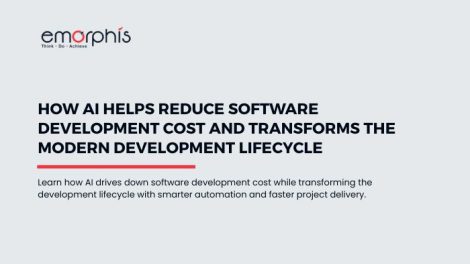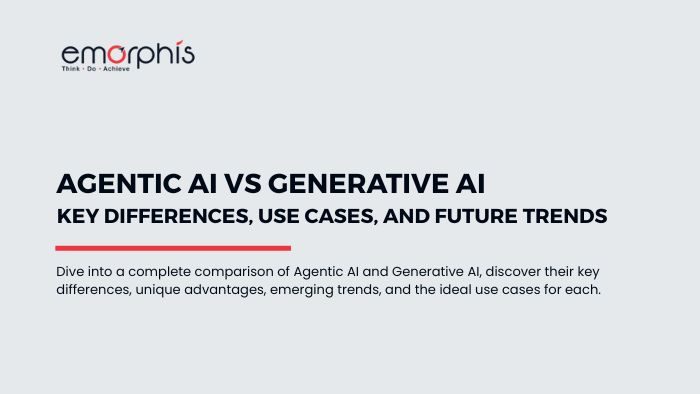In every era of business, there comes a quiet shift, one that doesn’t just improve how work gets done but redefines what “work” is.
For many CEOs and CFOs today, that shift is already unfolding—not on spreadsheets or org charts, but inside CRMs, support systems, and operational workflows. The difference? It’s no longer people doing the work.
It’s digital labour, an emerging class of intelligent, AI-powered agents performing tasks, making decisions, and completing workflows once handled entirely by humans.
But this isn’t a story of replacement. It’s a story of scale, precision, and resilience.
What Is Digital Labour? And Why Now?
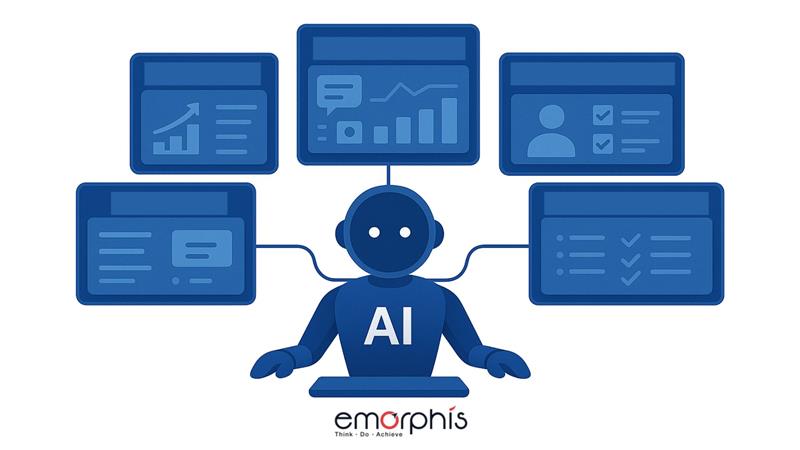
Digital labour refers to software-based AI agents that carry out human-like work. Unlike traditional automation, these aren’t simple rule-based scripts. These are agentic AI systems, proactive, intelligent, and capable of navigating business logic across multiple systems.
Think of them as your digital workforce: tireless, secure, and embedded within your operations.
They respond to customer requests, qualify leads, pull data from forms, update records, trigger workflows, and escalate decisions, all without human intervention.
And they’re not theoretical. According to a report, 75% of surveyed workers were using AI in the workplace, with 90% claiming that AI helped them save time on tasks.
A Shift Born from Business Pressure
The workplace has evolved, and so have its expectations:
- Customers want real-time answers, not “we’ll get back to you.”
- Employees want to focus on strategic, meaningful work, not update spreadsheets or chase status updates.
- CFOs want cost predictability and ROI, not more headcount.
- CIOs are being asked to do more with the same tech stack, and fewer people.
What used to be done with manual effort now demands speed, precision, and consistency that’s simply beyond human scale.
Digital labour isn’t about cutting jobs—it’s about removing friction. According to a report from the U.S. Chamber of Commerce, “if every unemployed person in the country found a job, we would still have millions of open jobs.
Digital labour is quietly becoming one of the most valuable assets modern organizations can deploy.
Digital Labour Platform: Agentforce in Action
In 1999, companies were skeptical about moving their systems to the cloud. Software-as-a-Service (SaaS) was new, unproven, and a little uncomfortable for leaders used to on-premises control.
Fast forward, and we now know what happened.
Those who embraced SaaS reaped scale, flexibility, continuous innovation, and cost savings. Those who didn’t… fell behind.
The same is happening again, only faster, with a digital labour platform.
This time, the shift isn’t just about where software lives. It’s about who does the work inside that software.
Just like SaaS eliminated the overhead of server rooms and upgrade cycles, digital labour eliminates repetitive execution drag that holds companies back—across sales, service, operations, and more.
And leaders who understand this shift early are building a more scalable, more resilient organization, right now.
What Agentforce Enables
Now here’s where things get interesting.
While many companies are still trying to stitch together fragmented tools to build partial automation, Salesforce has introduced Agentforce—a digital labour platform designed to operationalize this shift natively within your CRM.
It allows businesses to deploy task-specific AI agents that live inside Salesforce, powered by agentic AI. These agents don’t just wait for commands—they monitor systems, predict outcomes, and act autonomously across departments.
They also come with something executives care deeply about: trust.
Agentforce runs on the Einstein Trust Layer, ensuring every action is secure, auditable, and compliant—so your CIO doesn’t lose sleep when your digital labour force scales overnight.
It is designed to enable a workforce powered by AI agents that can perform tasks autonomously across enterprise systems.
With Agentforce positioned as a digital labour platform, Salesforce is redefining AI’s role—from a support tool to an autonomous workforce that operates seamlessly across systems.
At Adecco Group, one of the world’s largest talent solution providers, Agentforce sifts through hundreds of millions of resumes, pulling together shortlists for recruiters, saving time, reducing human error, and speeding up hiring cycles.
But here’s the key: Agentforce isn’t the story. It’s an example of what’s possible when you treat digital labour as a strategic capability, not a tech experiment.
A Look at Digital Labour Platform, Agentforce in Action
Let’s bring this to life with an example from customer service.
Picture this: A customer reaches out about a delayed order. Behind the scenes, a digital agent:
- Pulls the customer’s history from the CRM
- Checks the shipping system for real-time delivery status
- Verifies SLA eligibility
- Drafts a personalized response with a refund or discount, based on policy
- Escalates to a human only if something’s unclear or emotionally sensitive
All of this happens in seconds, and without pulling a human agent away from a more complex issue.
Now multiply that across 1,000 tickets a day. That’s not just automation. That’s execution at scale, driven by software agents who behave like teammates, not tools.
Why Business Leaders Should Lean In, Now
If you’re in the C-suite, here’s the bottom line:
- Digital labour is not a trend. It’s a shift in how work is executed.
- Early adopters are already unlocking efficiencies, not in theory, but in customer service, forecasting, deal acceleration, and compliance.
- The cost is predictable. You don’t pay overtime.have to remain nretrain. You just deploy, monitor, and optimize.
And perhaps most importantly: your human teams get to focus on the work that matters. Strategy. Relationships. Innovation.
That’s why these matters. Not because AI is flashy, but because work has changed, and your business needs to keep up.

Conclusion
For years, we’ve talked about digital transformation like it’s a someday conversation. But the transformation is already here—it just looks different.
It looks like AI agents are running follow-ups.
Like proactive workflows happening before someone asks.
Like decisions being made faster, with less noise.
This is what a digital labour platform brings to the table. It’s not about replacing your workforce. It’s about rethinking what’s possible when every team, human or digital, is aligned, intelligent, and scalable.
Your next competitive advantage might not be a person.
But it will be a partner.
Need help adopting Agentforce? Start a conversation.



